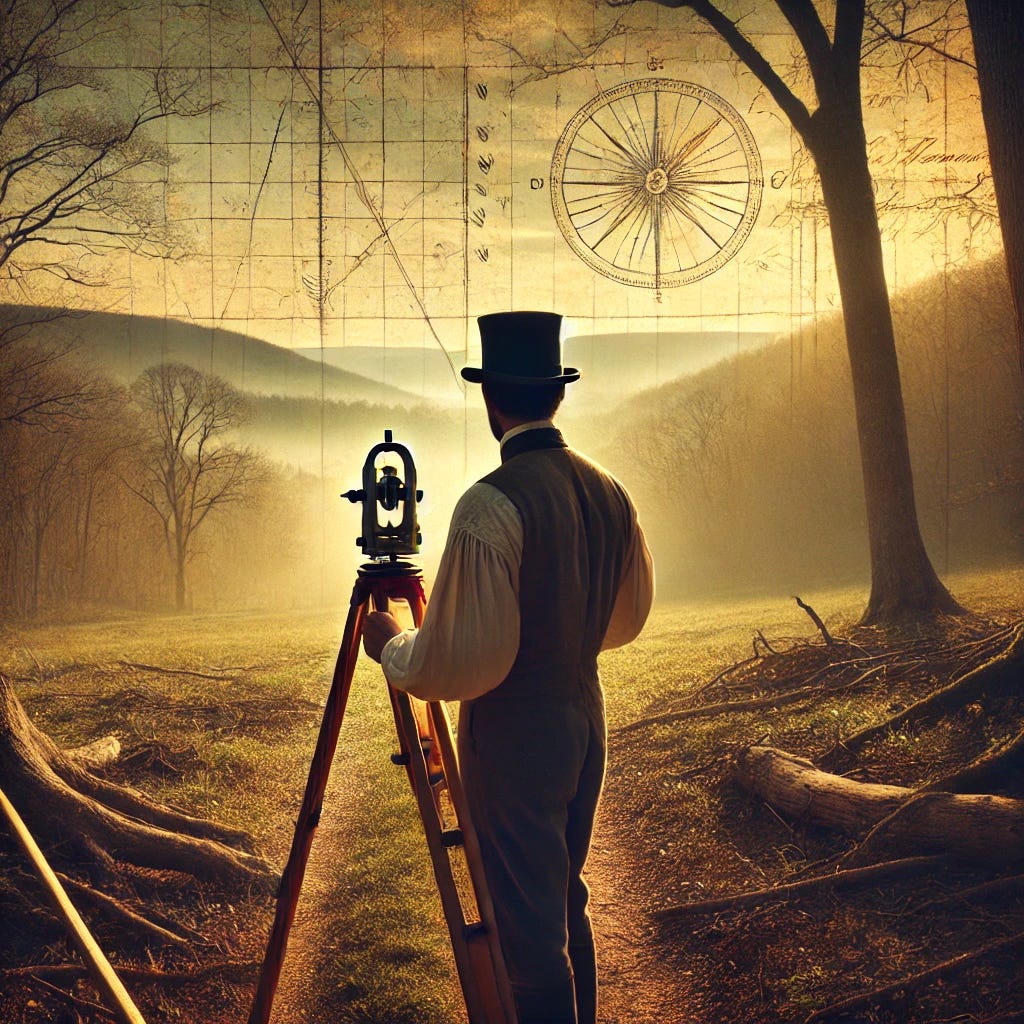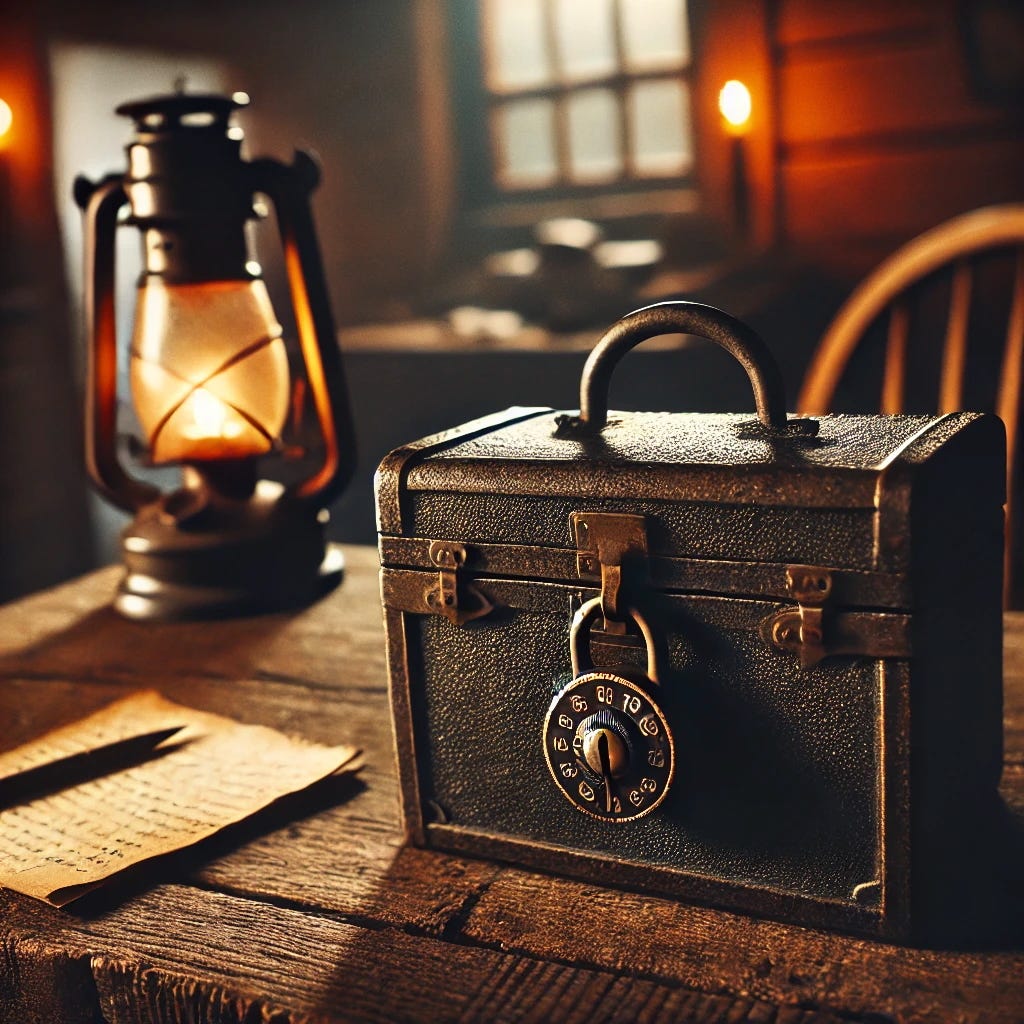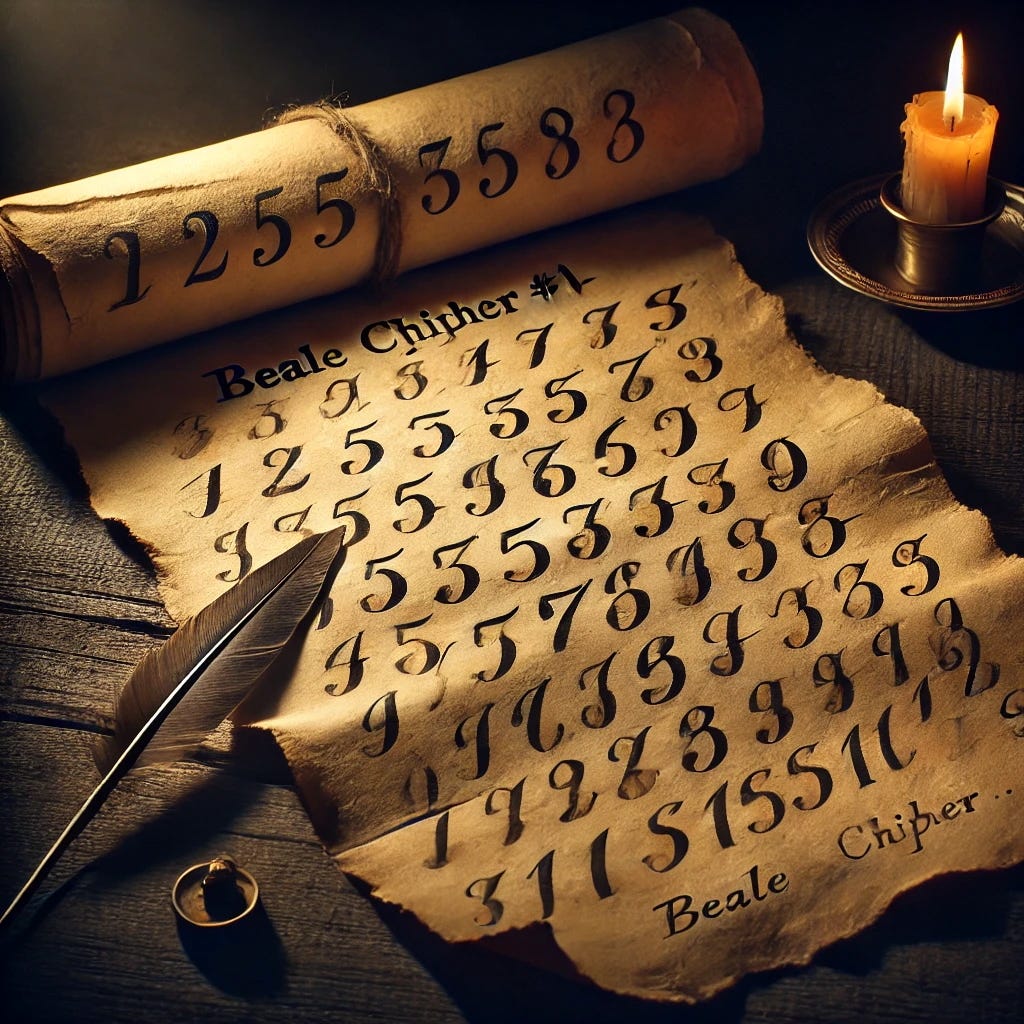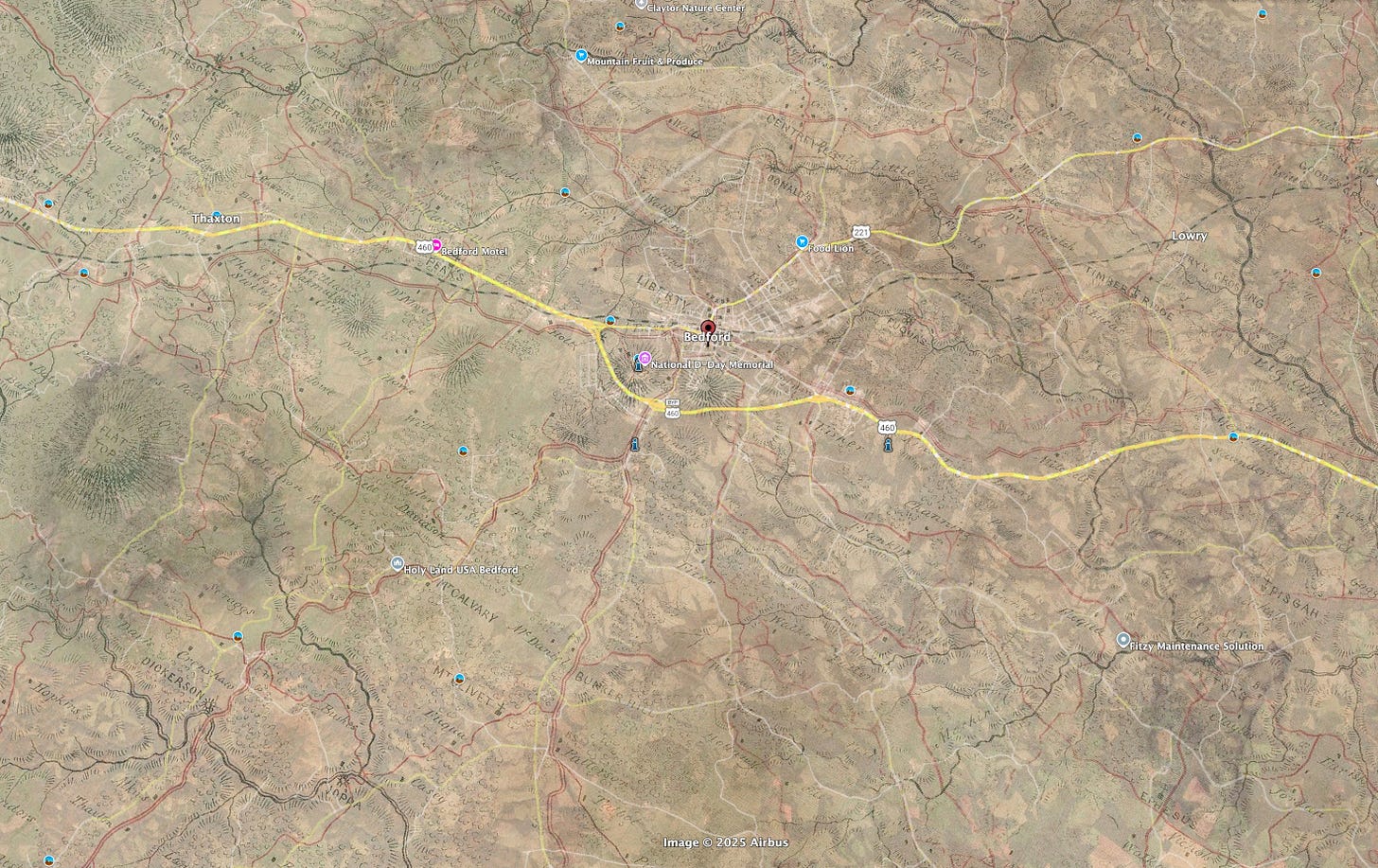Breaking Beale: The Cipher That Points to Treasure
Inside the Code: The Distances, the Patterns, and the Clues They Never Saw
In the early 1800s, a man named Thomas J. Beale checked into the Washington Hotel in Lynchburg, Virginia. He claimed to have discovered a massive treasure—gold, silver, and jewels—while on an expedition in the American West. According to the legend, he buried this treasure somewhere in Bedford County, Virginia. Before disappearing forever, Beale entrusted a locked iron box to the hotel’s innkeeper, Robert Morriss. Inside were three encrypted ciphers—one describing the contents of the treasure, one supposedly revealing its location, and one listing the heirs to whom it belonged.
Beale was never heard from again. Years later, Morriss opened the box and shared its contents with a trusted friend, who spent decades attempting to decode them. Only one of the three ciphers—Cipher #2—has ever been solved, using the Declaration of Independence as a key. It revealed a staggering treasure buried in Virginia. Cipher #1, which allegedly contains the exact location, has remained unsolved for over 140 years… until now.
How Cipher #2 Was Solved
Unlike Cipher #1, Cipher #2 was famously solved in the 1880s using the Declaration of Independence as a key. It was a book cipher—each number in the code referred to the first letter of a word in the Declaration. When decoded, Cipher #2 revealed an inventory of the buried treasure: thousands of pounds of gold, silver, and jewels, hidden in a stone-lined vault somewhere in Bedford County. The success in solving Cipher #2 has long been the foundation of belief that the treasure—and the other two ciphers—are real.
The Iron Box and the Innkeeper
According to the Beale Papers, Thomas Beale left a sealed iron lockbox with Robert Morriss, the innkeeper of the Washington Hotel in Lynchburg, Virginia. Beale told Morriss it contained important documents and instructed him not to open it unless he failed to return after ten years. Beale never returned.
Two decades later, the box was opened. Inside were three pages of numeric code—now known as the Beale Ciphers. Morriss passed the box and its contents to a trusted friend (whose identity remains unknown), who eventually published the story in 1885 as “The Beale Papers.”
Cipher Anomalies: The Curious Case of 18, 81, and More
As we analyzed Cipher #1, several numbers appeared with unusual frequency—notably 18, 81, 44, and 807. These aren’t common repetitions you’d expect in a standard book cipher. Instead, they hint at something else—perhaps measurement units or coded landmarks repeated with purpose.
• 18 (1,188 feet or 0.225 miles) was used consistently, possibly indicating a minor landmark step.
• 81 (5,346 feet or just over 1 mile) appeared as a near-perfect survey distance, possibly a full mile marker.
• 807 (over 10 miles) may mark a major distance between towns, creeks, or staging points.
These patterns strongly suggest that Cipher #1 isn’t a literary code—it’s a survey-style roadmap, and we may have just started deciphering its true logic.
Historic Progress in Decoding Beale Cipher #1
Today, we’ve taken a major leap forward in cracking one of America’s greatest mysteries—the Beale Ciphers. Our focused analysis has uncovered significant, measurable facts about Beale Cipher #1, giving us powerful insights into its meaning.
Concrete Discoveries:
• Definitive Historical Baseline:
We accurately determined the precise distance between Bedford (formerly Liberty) and Montvale (Buford’s Tavern), historically critical locations in the Beale legend. The measured distance is exactly 63,209 feet (11.97 miles). This established baseline is crucial for deciphering the numeric references in Cipher #1.
• Cipher Measurements Decoded:
We translated specific cipher numbers into historical survey measurements:
• 81 chains equals exactly 5,346 feet (1.0125 miles).
• 540 chains equals exactly 35,640 feet (6.75 miles).
• 18 chains equals exactly 1,188 feet (0.225 miles).
These are realistic survey increments historically used in early American mapping and surveying, confirming that Cipher #1 likely provides step-by-step survey instructions rather than random numbers or coded letters.
• Accurate Historical Map Overlay:
We successfully overlaid an authentic 1864 map of Bedford County onto a current satellite image. We aligned key historical landmarks such as Liberty (modern Bedford), Salem Turnpike (modern US 460), and Buford’s Tavern (Montvale) precisely, giving us an accurate geographic context for cipher measurements.
• Realistic Numeric Patterns:
The cipher clearly contains small numbers interspersed with significantly larger numbers, aligning with known surveying practices. Larger numeric jumps likely represent major geographic reference points, while smaller increments represent localized directions or landmarks.
Why These Findings Are Critical:
These discoveries provide a clear, factual basis for interpreting Beale Cipher #1. They show conclusively that the cipher’s numeric values correspond to realistic historical survey measurements and that these references align precisely with known geographic features from Beale’s time.
Cipher #1 (Excerpt):
71, 194, 38, 1701, 89, 76, 11, 83, 1629, 48, 94, 63, 132, 16, 111...Next Steps:
The immediate next phase involves applying these decoded distances to specific landmarks—rivers, roads, taverns, and intersections—visible on our accurate historical map overlay. This practical application will likely reveal the precise survey path encoded within Cipher #1, bringing us closer than ever to pinpointing the actual treasure location.
Follow Our Journey:
We’re documenting each step of this exciting journey, bringing fresh clarity to the legendary Beale treasure mystery. Each breakthrough is a step closer to rewriting history.







